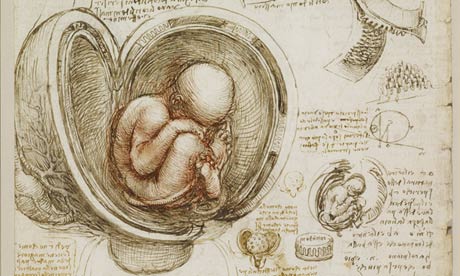by Jeff LaSala |
The old idiom states that “beauty is in the eye of the beholder.” Which D&D gamers know isn’t true at all — beholders are hardly beautiful, and will negate your magic with their central eye, then zap you with their eyestalk rays. A new study of art through the ages suggests that a more accurate adage might be “beauty is in eye contact with the beholder.” Research shows that what we find beautiful — or at least engaging — are works of art that look back at us. Of course, we still wouldn’t recommend staring for very long into the eyes of Vigo, the Scourge of Carpathia.
The new study is rooted in a concept known as cognitive attraction, and it states that our neurological processes — our hardwired human brains — cause us to favor specific cultural traits more often than not. That plays out in our unconscious preferences, and has been used to explain our interests and desires in everything from religion to video games.
The study, published in the journal Evolution and Human Behavior and authored by Olivier Morin, goes on to state that the psychology of cognitive attraction led painters during the Renaissance to favor direct-gaze portraits over others. That is to say, paintings where the subjects are looking back at us — at you — instead of the profile, the three-quarters shot, or the looking-totally-somewhere-else style of painting that came before. Morin’s paper points out this cultural shift over the course of 16th century Europe didn’t take much into account for the subject’s age or sex. Whether the subject was young, old, male, female, pretty, or ugly — a young woman or Carpathian tyrant, it doesn’t matter – the direct-gaze approach was favored during the Renaissance. And here’s the clincher: It still is. Our museum collections and our coffee table books still demonstrate a preference for the creepy I’m-watching-you style of painting.
Morin posits that whenever cultural restrictions don’t override it, our neurological preference is the Mona Lisa approach in creating or observing. He even found a parallel artistic evolution in the poses of historical Korean paintings, showing that this isn’t a European trend but a human one.
Eye-to-eye contact, whether from a living person or a 2D, rendered image, are simply easier for us to identify — the same is true for infants — and are there more attractive to us. We’re just hardwired this way. Of course, “attractive” is not synonymous with “handsome.” It just means we have an easier time looking away from people not looking back at us.
Go ahead. Try it. Which one draws your eye more?
(Discover, images courtesy of themanblog.com and Wikipedia)















